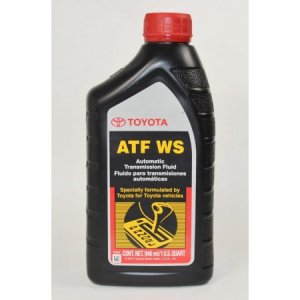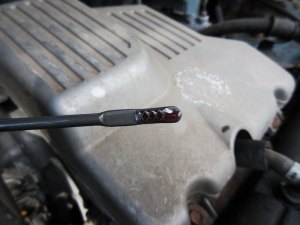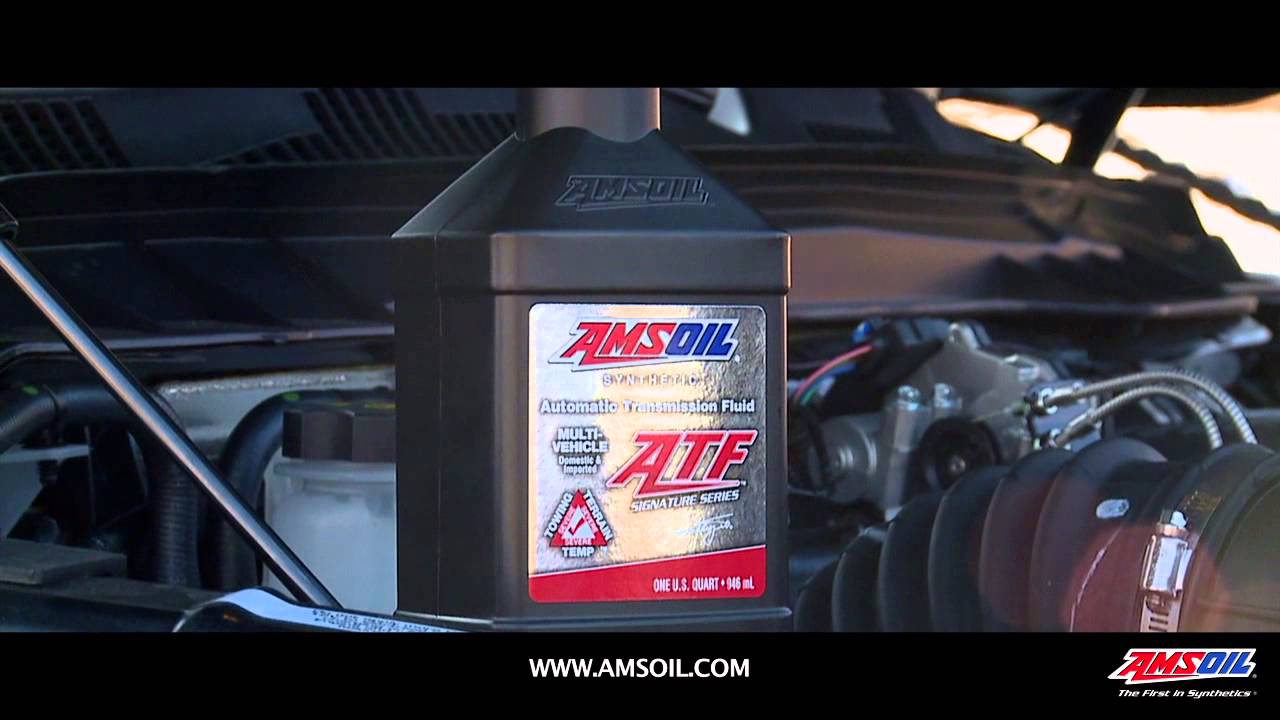What Kind of Transmission Fluid Do I Need?
Finding out what kind of transmission fluid you need can be a challenge. Take a look at just a few of the dozens of automatic transmission fluid (ATF) specifications on the market:
- ATF+4
- ATF DW-1
- DEXRON VI
- DEXRON ULV
- MERCON V
- MERCON ULV
- Toyota ATF-WS
- Honda/Acura DW-1
You’ve likely heard the term analysis paralysis.
That’s what many people feel when they scan the shelves at the parts store in search of transmission fluid. They just want a quart or two of ATF to top-off their vehicle, but instead they must decipher a series of hieroglyphics or face the specter of their transmission not performing properly.
What kind of transmission fluid do I need?
To answer that question, start in your vehicle owner’s manual. It’ll instruct you to use a transmission fluid that meets a certain performance specification, such as one of those listed above.
The transmission fluid specifications with which you’re likely most familiar are Ford MERCON and GM DEXRON.
At one time, MERCON and DEXRON ATFs dominated the market and reduced your choices to a manageable few. Today, demand for those fluids has slipped below 50 percent and is declining as original equipment manufacturers (OEMs) continue to introduce their own, proprietary transmission fluid specs.
What is an ATF specification?
It’s a set of performance standards, not an actual fluid. That means you don’t go to NAPA in search of MERCON or DEXRON transmission fluid. You go in search of a fluid that meets the MERCON or DEXRON specification.
In an attempt to make it easy for you, many ATF manufacturers print ATF specs in giant letters on the label, like this.
This means the fluid was subjected to – and passed – a series of performance tests stipulated by the authors of that particular ATF specification. However, many people end up confusing the ATF specification on the label for the fluid’s brand name.
Adding to the ATF specification confusion…
Today, it’s normal for most OEMs to author their own performance specifications rather than recommend using a fluid that meets a different OEM’s specification.
You can blame it on technological advancements that have made vehicles tougher on transmission fluid than cars of yesteryear. An automaker that introduces its latest 700-hp land rocket wants to be sure you’re using a transmission fluid capable of standing up to the intense heat and stress churning through all those gears.
It may also have something to do with money. Brand XYZ would rather you buy its transmission fluid than another company’s fluid, which helps explain why some OEM-branded fluids are so expensive.
Cut through the confusion
How can we make transmission fluid selection easy? And how do we do it while meeting the performance demands of most modern automatic transmissions?
One transmission fluid to rule them all.
That’s a bit of hyperbole in honor of my favorite trilogy about hobbits and orcs, but it’s not far off.
We formulated AMSOIL Signature Series Synthetic Automatic Transmission Fluid and OE Synthetic Automatic Transmission Fluid to take the guesswork out of ATF selection. Both fluids are recommended for most of the common ATF specs on the market.
- MERCON V? Check.
- DEXRON III? Check.
- ATF+4? We cover that, too.
If you tow, haul or engage in other types of severe service, use Signature Series Synthetic ATF. If you stick to the highway and mostly run to work and home, OE Synthetic ATF is your best bet.
Suitable for use in applications calling for MERCON ULV and DEXRON ULV
AMSOIL Signature Series Fuel-Efficient Synthetic Automatic Transmission Fluid is suitable for use in applications that call for two of the latest ATF specs in the industry: MERCON ULV and DEXRON ULV.
Ford and GM worked together to create these two specs for their 10-speed Ford and GM transmissions available in some 2017 and later Ford Mustangs, Ford F-150s, Chevy Camaros and Cadillac Escalades, among other vehicles.
These transmissions use ultra-low-viscosity transmission fluid to help reduce energy lost to fluid friction to maximize fuel economy.
How to check transmission fluid
It’s a good idea to check your vehicle’s transmission fluid about once a month to monitor fluid level and condition. Check the fluid immediately if the transmission jerks, hesitates or shifts hard. Here’s how to do it.
Time needed: 15 minutes.
How to check transmission fluid
- Ensure the transmission is warm
Obtaining a correct reading on the dipstick requires the fluid to be warm and the engine to be running. To begin, park your vehicle on a flat surface, apply the parking brake and idle the engine until warm. It helps to drive the vehicle for a short period to raise the temperature more quickly. Some OEMs also recommend shifting through the gears to circulate the fluid prior to checking, so consult your owner’s manual.
- Locate the dipstick
Pop the hood and locate the transmission fluid dipstick, which serves double duty as the fill tube. It’s often located near the back of the engine compartment and shouldn’t be too tough to find. You can always check the owner’s manual for the location if it proves elusive.
- Check the fluid level
Pull the dipstick and wipe with a clean rag. Insert the dipstick until it’s completely seated. Withdraw it and check the fluid level. The dipstick may have a cross-hatch pattern in which the fluid level should fall. Others may have a “hot” and “cold” line. The fluid should be close to the “hot” line.
- Add fluid if needed
If the fluid is low, add the recommended transmission fluid to bring to the correct level. You’ll probably need a long-neck funnel with a small-diameter opening at the end.
Checking transmission fluid in a “filled-for-life” transmission can be tricky, but it is possible. Check out this post for details.
Use the AMSOIL product guide to find the right transmission fluid
We take convenience a step further with our online product guide, which tells you which transmission fluid your vehicle needs. Just enter the year, make, model and engine for immediate results.
So, when it comes time to change your transmission fluid, cut through the confusion by remembering these six letters: AMSOIL.










